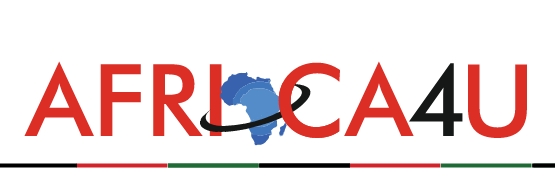(3 Minutes Read)
Modernising public services is a key focus of Mauritania’s government agenda. New initiatives are being introduced to enhance administrative efficiency and bring digital services closer to citizens.
On Monday, April 7, Interior Minister Mohamed Ahmed Ould Mohamed Lemine, along with his colleagues from the Ministries of Digital Transformation and Transport, launched a digital traffic management system in Nouakchott. This new system, which is integrated with the government application “Khadamaty,” aims to streamline the tracking of violations, payment of fines, and filing of complaints online.
The Minister of Digital Transformation and Modernization of Administration highlighted the advantages of this innovation, stating that it will alleviate administrative burdens, reduce injustices, and provide citizens with greater flexibility. With smart applications, users can easily check vehicle violations and pay fines without enduring long waits or having their vehicles immobilised.
This system was developed through collaboration between the General Directorate of National Security and the Ministry of Digital Transformation. It is part of the presidential initiative “My Ambition for the Homeland,” led by Mohamed Ould Cheikh El Ghazouani, which aims to create a modern administration that prioritises digital technologies, openness, and transparency, with citizens at its core. Notably, the recent introduction of online criminal record payment is among the completed actions of this initiative.
Read Also;
https://trendsnafrica.com/algerian-president-meets-mauritanian-minister-discuss-bilateral-relations/
This reform is particularly timely, as global data indicate that Mauritania continues to lag behind. In 2024, the country ranked 165th in the United Nations e-Government Development Index, with a score of 0.3491, significantly lower than the African (0.4247) and global (0.6382) averages. Additionally, Mauritania’s online services are still in the early stages, scoring only 0.1688, compared to the African (0.3862) and global (0.5754) averages.
In addition to simplifying administrative processes, this system is expected to enhance accident prevention, empower drivers, and improve the management of traffic-related public services. It utilizes an advanced digital platform and surveillance cameras to provide better traffic control and promote road discipline.





